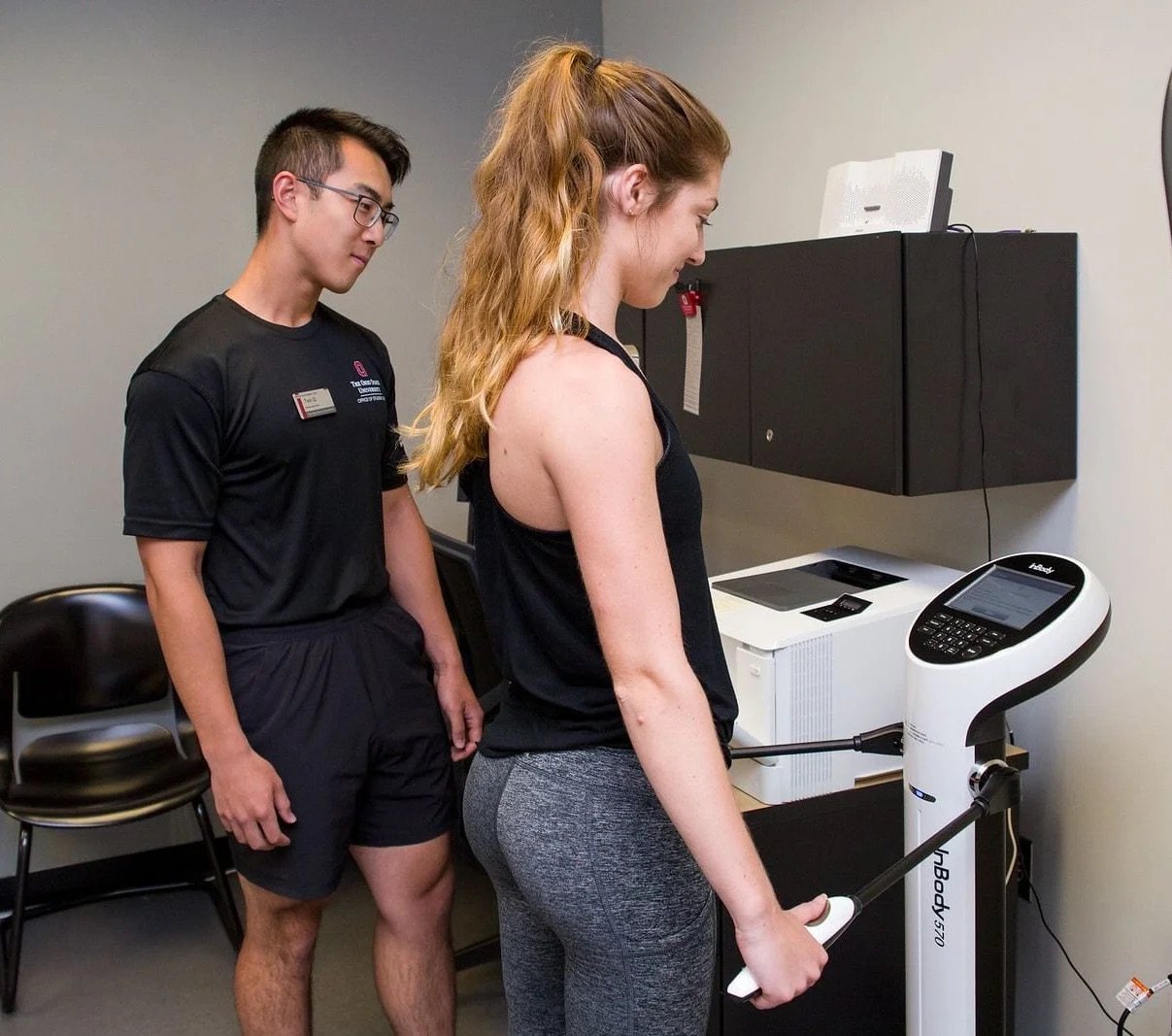What is an InBody Scan? The Ultimate Guide to Body Composition Analysis
What is an InBody Scan?
An InBody scan is a quick, non-invasive test that provides a detailed breakdown of your body composition. Unlike traditional scales that simply show your overall weight, an InBody scan delivers insights into key metrics such as muscle mass, body fat percentage, water distribution, and more. It offers a comprehensive view of your physical health, allowing you to make informed decisions about your fitness routine, diet, and overall lifestyle.
The InBody scan uses bioelectrical impedance analysis (BIA) technology. This works by sending safe, low-level electrical currents through your body. These currents encounter varying levels of resistance depending on the type of tissue they pass through—such as muscle, fat, and water. The machine then uses this data to calculate your body composition in detail.
Why Body Composition Matters
Understanding your body composition goes far beyond the number you see on the scales. Knowing the breakdown between muscle, fat, and water in your body gives a much clearer picture of your overall health. This is especially important for athletes, those looking to lose weight, or individuals trying to improve their general fitness.
Here’s why body composition analysis is crucial:
Weight alone doesn’t differentiate between fat and muscle. Two people can weigh the same but have vastly different levels of body fat and muscle mass, which affects their overall health and fitness.
Track real progress. Relying on weight alone can be misleading, as you may be gaining muscle while losing fat. An InBody scan will show these changes, even if your weight remains the same.
Identify health risks. Carrying excess visceral fat (fat around your organs) can increase your risk of serious health conditions. The InBody scan helps identify these risks more accurately than standard weight measurements.
What Does an InBody Scan Measure?
An InBody scan provides a range of key data points, giving you a detailed breakdown of your body composition. Here’s a closer look at what you can expect to learn from your scan:
Total Body Water (TBW)
Your body’s water content is divided into intracellular (inside cells) and extracellular (outside cells) water. Maintaining the right balance is essential for proper hydration, physical performance, and recovery.Muscle Mass
The scan measures the amount of muscle in your body, showing the distribution of lean muscle in your arms, legs, and torso. This is especially useful for athletes or anyone working on strength training.Body Fat Percentage
Instead of focusing on overall weight, the InBody scan highlights how much of your body is made up of fat. This gives you a clearer indication of your progress, whether you’re aiming to lose fat or build muscle.Visceral Fat Level
Visceral fat is the fat stored around your internal organs, which can increase the risk of conditions like heart disease and diabetes. The InBody scan provides a measurement of this, allowing you to keep an eye on your health.Segmental Lean Analysis
This shows the muscle mass distribution in specific areas of your body, such as each arm, leg, and your torso. This information can help athletes, weightlifters, and those recovering from injury focus on areas that need improvement or are imbalanced.Basal Metabolic Rate (BMR)
Your BMR is the number of calories your body needs to maintain basic functions while at rest. This is a key metric for designing a nutrition or fitness programme tailored to your specific goals.
How Can an InBody Scan Help You Reach Your Fitness Goals?
Whether you’re aiming to lose weight, gain muscle, or improve your overall health, an InBody scan offers valuable insights that can enhance your approach:
Weight Loss: Rather than focusing on the number on the scales, the InBody scan helps you target fat loss specifically. By monitoring your body fat percentage and muscle mass, you can ensure that your weight loss efforts are leading to healthy, sustainable results.
Muscle Gain: If your goal is to build muscle, the scan tracks your progress by showing increases in lean muscle mass and pinpointing where your strength training is making the biggest impact.
Sports Performance: For athletes, monitoring muscle balance and hydration levels is crucial for optimising performance. The InBody scan provides detailed information that can help fine-tune your training and recovery strategies.
Injury Recovery: If you’re recovering from an injury, tracking muscle imbalances and weakness can guide rehabilitation efforts, ensuring a safe and effective recovery process.
How Often Should You Get an InBody Scan?
The frequency of InBody scans depends on your personal goals. For those looking to track weight loss or muscle gain, getting scanned every 4–6 weeks is typically ideal. Athletes or those undergoing injury rehabilitation may benefit from more frequent scans to track progress closely. Regular scans help ensure that your fitness programme is producing the desired results and allow you to make adjustments if necessary.
If you need advice or have any questions about our treatments, please contact us. You can find us near Essex Rd in Angel Islington. If you like this blog, please share!

